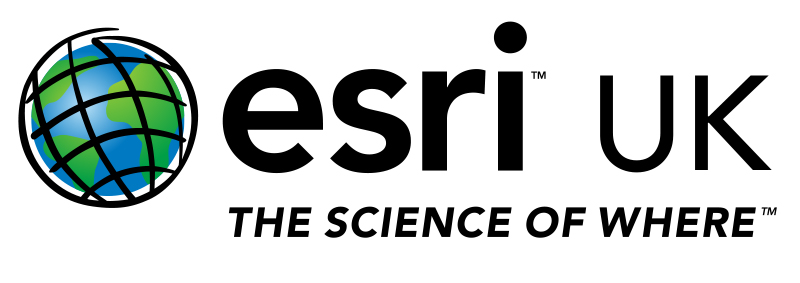Delivering Operational Intelligence
/There are two questions to consider when initialising smart operations
When I ran an operations division for a utility, one of my favourite employees was a guy named Stanley. Stanley started as a field worker, became a foreman, was promoted to supervisor, and advanced to regional crew manager. I remember how he worked, which largely explained his rapid ascent to management.
A typical summer day for Stanley unfolded like this: at night, just when the crews returned to the service centre, storm cells would start to form. No one really knew if the cells would dissipate or grow and wreak havoc on the electric system. If they matured, the clouds could cause heavy rain, wind, lightning, and sometimes mini tornadoes. On these nights, Stanley had to decide whether to send the crews home or keep some or all the crews on overtime. If he sent the crews home before a bad storm hit, it would mean that outages would last much longer, our customers would be unhappy, and complaints would flood in to the regulator. If he kept the crews on overtime and the storm never materialised, he would have wasted company money.
Stanley almost always made the right call. His knowledge of his workers, local weather patterns, and our infrastructure all came together in his head to help inform his decision. His institutional knowledge and gift for critical thinking was a big part of our utility’s operational intelligence. Any organisation would be lucky to have a Stanley, but it’s more realistic to emulate his intelligence with a GIS platform to refine operational perspective and improve prediction.
Does your operations technology deliver intelligence in one common view?
Part of what made Stanley so successful was his own custom view—the ability to synthesise the data he experientially knew with real-time reports from his staff, meteorologists, and others. His wetware filtered out the non-essentials and combined the essential information to communicate and ultimately make the right decisions.
The operational technology in use today provides operations managers with more data than they possibly handle at once. Because systems typically run independently, integrations are difficult and require the melding of proprietary data models. Such work is complex and almost never accomplished for lack of time and resources. GIS technology uses one model—Esri’s geoinformation model—to bypass the necessity of painstakingly combining many data models. Location serves as the basis for integration, relating all operational data and enabling managers to only focus on what needs attention.
Imagine combining real-time asset performance with infrastructure maps, trouble tickets, customer calls or tweets, and your field crews in a dashboard. Diagnosing issues and assigning the appropriate response is much easier to do with a common view rather than 12 separate views crowded with information. Stanley didn’t need access to a dozen monitoring screens. One GIS dashboard would’ve been more than sufficient and saved him some time.
Does your operations technology predict the future?
Stanley wasn’t just creating operational intelligence; he was performing predictive spatial analytics. By combining the data in his head with his knowledge of how the grid performed in similar situations, Stanley ensured that our operations ran efficiently and customers had minimal disruptions.
A GIS platform not only replicates but improves on the way Stanley managed operations. It automatically captures observations and information from a variety of sources, defining operating rules to aggregate just the right combination of data to monitor and perform predictive analysis on. It uses just one homogenous model to express the results comprehensively in a map that everyone can see. In the case of a stormy night, weather services feeds that appear in the dashboard predict where the most trouble will happen, enabling crews to be dispatched to that specific location and pre-empt disruption.
Stanley has long since retired, but his successors continue to struggle to fill his shoes. Without his years of on the job experience, the utility’s operational intelligence took a major hit. Even today, they struggle to build and share operational intelligence in a systematic manner. A GIS platform is needed for that. Soon, I hope, that whenever they are faced with a stormy night, they will check the status of all operational systems from their tablets. Instead of manually synthesising all the information in their heads, they can see the whole problem on a map, identify the issues, dispatch the nearest crews, and be back to their dinner tables before dessert.
Visit esriuk.com/operational-intelligence to learn more about how GIS can help you build operational intelligence.


